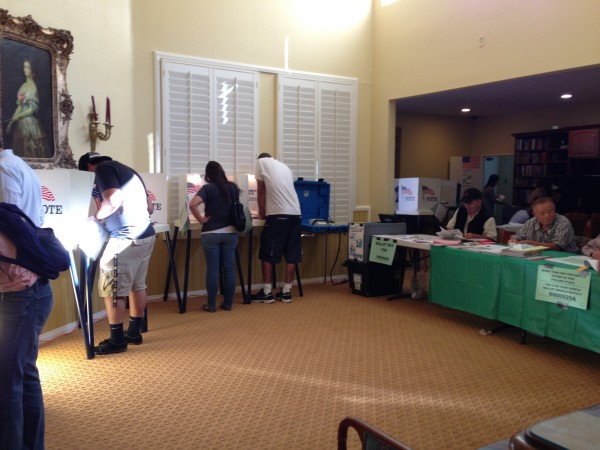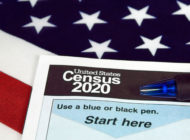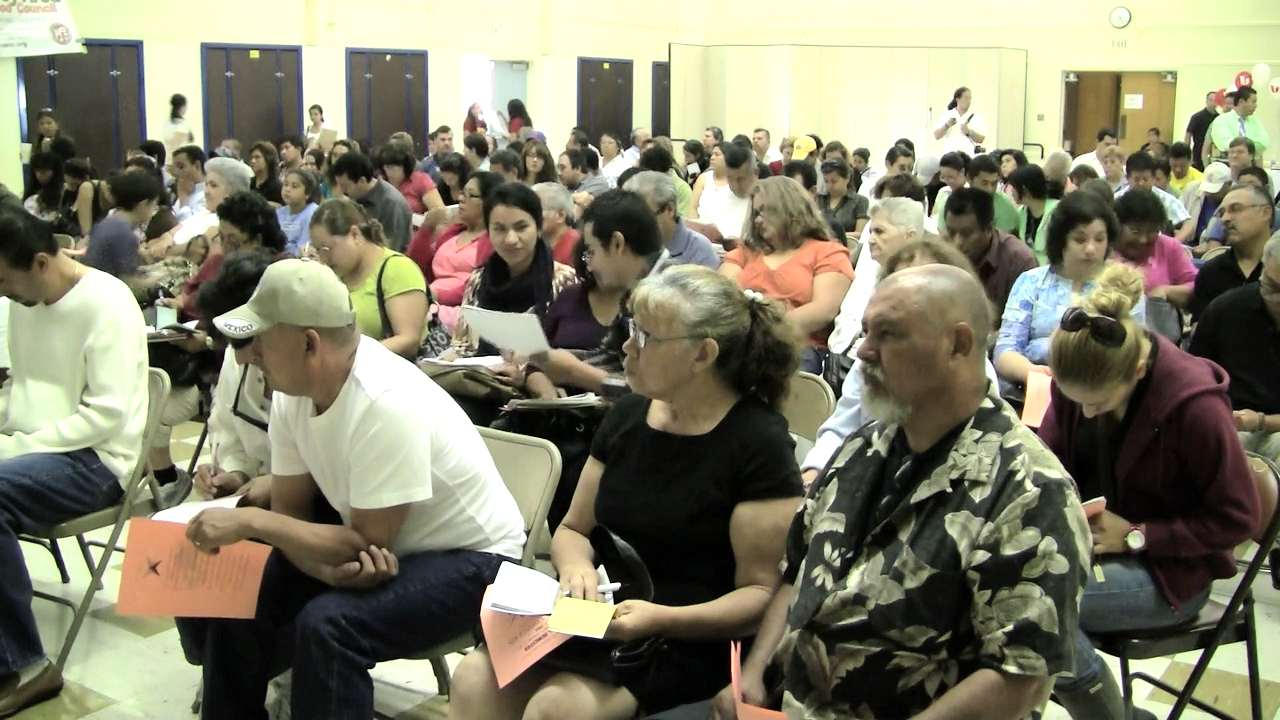
Voters take to the polls on Nov. 6 to cast their ballots in Northridge, Calif. (Photo by Luisa Gonzalez/EL NUEVO SOL)
By LUISA FABIOLA GONZALEZ
EL NUEVO SOL
New political regulations on voting caused a lot of controversy. Many voters feel that it’s good to have these kind of regulations, while others feel that they should not be implemented.
A research called Photo Identification and Elections: How do Photo ID Laws Affect the Problem of Discrimination and Voter Fraud in Terms of Voter Participation? by Laura Mercurio, indicates that these regulations extremely affect urban, minority, senior citizen and young voters, who are less likely to own legitimate identification and are more likely to vote Democrat.
Unfortunately, those with lower socioeconomic status and education are impacted the most and it will definitely impact the number of voters at polls in the future. The research by the National Association of Latinos Elected Officials (NALEO) shows the risks of these regulation and how the Latino Vote is affected. According to NALEO, restrictive changes in election procedure could have prevented the casting of more than 219,000 Latino votes in the last election and may effect more than 835,000 Latinos during the 2013 and 2014 election cycles.
According to an analysis by the Committee of Seventy, voter turnout in Philadelphia, one of the states where this new regulation has been implemented, decreased from 61.6 percent in 2008 to 59.7 percent this election year.
According to political science professor, Craig Renetzky, from California State University, Northridge (CSUN), the problem is that these new regulations might disenfranchise certain voters. “It has to be done in a manner that is fair to all parties,” Renetzky said.
“Well, I am generally opposed to that… Anytime where you have low voter turnout, historically, it should be focusing on how do you increase it, not how you suppress it,” said Jason Morin, CSUN assistant professor of political science. “Although, there are two different sides of the debate with regard to fraudulent voting, as opposed to disenfranchising voters, you really need to focus on more positive efforts to bring out the vote.”
“I think voter regulations shouldn’t be implemented because this is only a strategy for certain parties to gain votes,” said Juan Carlos Perez, political science student. “It’s not only supposed to prevent fraud, it’s just a tactic to gain votes for a particular party.”
On the other hand, for some voters, voter identification is a positive move because voting is such a significant right. Therefore, they believe that voter fraud is a serious problem that also must be taken into account.
“Preventing voter fraud will be ideal for those who might want to vote more than once,” said Dalia Andrade, journalism major. She does not oppose these regulations because it will prevent any kind of voter fraud.
“I think its better to implement the voter identification because it will be more trustworthy,” said Daria Ivanova, communication studies major.
Morin mentioned that this takes so much time and money just to fulfill the requirement. “The stricter the ID laws, it does have a tendency to negatively impact voter registration rates among racial ethnic minorities, particularly with the Latino vote. So, anytime that you suppress voter registration, voter turnout or the political participation of any kind, that is not a normative good,” Morin said.
In search for a solution to this issue, organizations such as NALEO are working strongly to inform citizens about the new regulations and updates by state.
According to Senior Policy Analyst, Erin Hustings from NALEO , this organization has a bilingual online website and hotline to interact with people’s concerns. NALEO keeps the information detailed by state to inform all persons interested in voting about the regulations they must follow to be able to vote.
Hustings believes that education is the best tool to help inform people about the changes or implementations that states are facing regarding voting laws. According to Hustings, a recent report indicates that about 16 percent of eligible Latino voters did not have current valid government identification.“Our goal is to increase voter rates,” Hustings said. “Finding ways to engage more voters rather than making it harder for them to vote is our main goal, as well.”
Related articles:
Hundreds Turn Out for NALEO’s Citizen Workshop
The Value of Voting: Apathy still dominates among Americans
Tags: Elections 2012 Luisa Fabiola Gonzalez NALEO Voter IDs Voting Identification














